About modern developments of highly protected infantry vehicles
When revolutionary technologies are first introduced, these technologies govern tactics. In most other cases, including those involving the development of revolutionary technologies, tactics usually direct this development. To put it another way, revolutionary technologies control tactics; the development of evolutionary technologies must be controlled by tactics.
Once the relative primacy of tactics in the development of the BMP is taken, the next problem must include the allocation of reasonable tactical requirements. Although this is a problem that does not have a simple solution, most would agree that tactical requirements developed on the basis of combat experience are significantly better than those put forward in peacetime.
The development of the first BMP in the first place, influenced the creation of nuclear weapons. The first modern infantry fighting vehicle, the Soviet BMP-1, was a direct result of the development of such vehicles in response to the widespread proliferation of nuclear weapons. The subsequent development of BMPs in the USSR and in the West reflected the influence of the BMP-1 design even after it became clear that the influence of atomic weapons at the tactical level is no longer a decisive factor.
The development of BMPs around the world in 1960, 1970 and 1980 continued almost exclusively in peacetime and was largely based on global warfare in a nuclear war, which was of decisive importance during the Cold War. If learning from mistakes is an effective source for putting forward tactical requirements for infantry fighting vehicles, then Russian ground forces can get important data from experience gained in Afghanistan and later in Chechnya, etc. Chechnya, in particular, provides invaluable data on the effectiveness of modern-generation BMPs and on future tactical requirements.
The main conclusion that can be drawn from recent conflicts is the discrepancy between the protection of BMPs and the requirements for their use and the need to create a special highly secure machine. Although there are many requirements for the BMP, but only two of them define its functional purpose:
- provision of infantry protected vehicles;
- Providing infantry fire support during the battle.
The main components of the design of the BMP are the number of crew and troops, firepower, protection and mobility. The characteristics of the conditions of local conflicts, increasingly occurring in 1990-s, added another requirement - adaptability to change the layout. Financial considerations put forward another issue - the unification of the main units, units and systems.
Consider the currently existing in Russia projects of highly protected combat vehicles based on tank.
PDM (BTR-T)
DPM or initially BTR-T can be equipped with various variants of combat modules with cannon armament, ATGM, AGS, etc.
In the case of equipping a lightweight module with a 12, 7 mm machine gun, the crew is 7 people. The BTR-O Omsk KBTM was developed taking into account the experience of the war in Afghanistan at the beginning of the 90-s. It was not accepted for service and was not exported. Initially, an insufficient number of paratroopers — 5 people — were attributed to the main shortcoming of the BTR-T.
The next machine developed by OKBTM was the BMO-T (564 object).
Initially, a closed-type machine gun installation was supposed to be on the BMO-T (machine gun pointing remotely from under armor) on serial machines is not implemented.
Specialized machine for chemical troops designed to operate in conjunction with another development OKBTM - TOC-1A. It is produced on the basis of the T-72 tank. It is in service with the Russian Federation and is mass-produced, the landing party - 7 is intended for the transportation of personnel of the flamethrower unit and its armament (30 units RPO-A) under conditions of probable fire contact with the enemy.
Another project (currently not yet submitted to the public) is a specialized vehicle for the ground forces.
Currently not implemented, the landing party is 12 people (motorized rifle unit).
All of these machines are made on the basis of existing tanks with logistic equipment located in the aft hull. It is obvious that such a solution has a significant disadvantage - difficulty in dismounting and loading into the car, especially the wounded.
Both of the above presented cars developed in Russia bear one key disadvantage. Now the generally accepted standard is dismounting through hatches in the stern of the hull.
But this requires solving the complex task of reprofiling the hull of the tank, i.e. placing the mto in front of the case.
The photo shows a comparison of landing conditions for various domestic high-security BTR (BMP), left Ukrainian BMP-55, based on the T-55 tank with MTO in the forward part of the hull, right - Russian BTR-T, also based on T-55.
The fact of considerable difficulties and time during the dismounting of the landing force, as well as during loading into the vehicle of machines developed by OKBTM without reprofiling, is obvious, especially with regard to loading the wounded.
Unfortunately, the development of high-end combat vehicles for infantry with the ability to quickly and conveniently dismounting and loading, including bulky cargo in Russia does not pay enough attention. But there are such developments. And, it is worth noting that such developments are sufficiently reasoned by the realities of modern combat operations. Below is one of the projects of a heavy combat vehicle based on a T-55 tank with a front MTO (OKBTM).
Due to the insufficient level of protection in recent years, fighting in populated areas or on “unfavorable for tanks” terrain has repeatedly led to large losses of armored vehicles, including mostly armored personnel carriers for the transport of personnel. It is easy to understand that standard BTR and BMP with their light armor can not withstand a blow, light anti-tank weapons, for example, RPG-7 and many of its modifications. No less critical is the possible impact of explosive devices (land mines) on light armored vehicles.
Bearing in mind the above situation, many designers and the military came to understand that the traditional concept of armored infantry fighting vehicles as universal or multi-purpose combat systems can no longer develop in a form that would provide vehicles with the ability to withstand the entire range of modern threats on the battlefield. From a technical point of view, it seems important to redistribute the tactical tasks of modern armored combat vehicles into two or three specialized vehicles:
- clean armored personnel carrier for transportation of personnel ("combat taxi", i.e. highly protected armored personnel carrier),
- a combat vehicle armed with a cannon / missile system, i.e. high-security BMP, i.e. functional analogue BMPT)
Each of these machines must be optimized to perform its primary task and, in particular, its protection scheme may be configured in accordance with the specific nature and level of threats it will face.
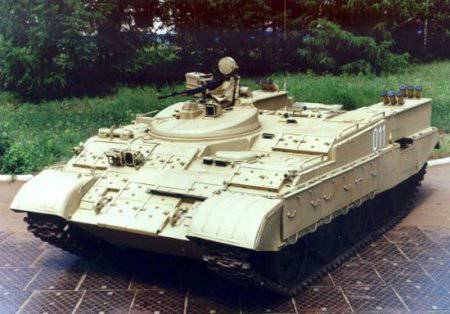
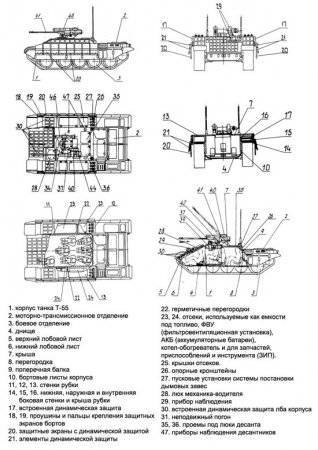
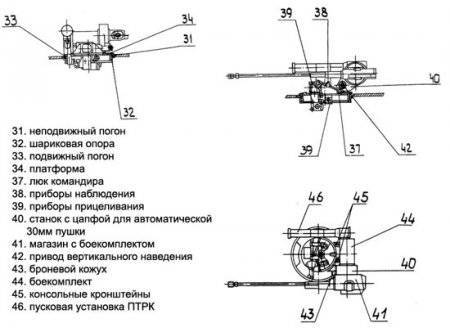
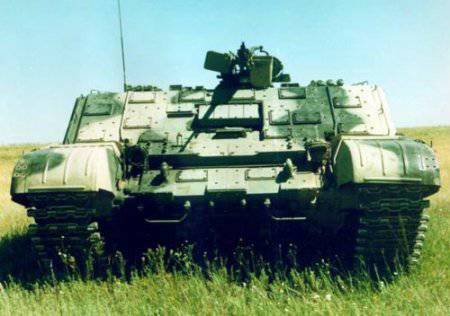
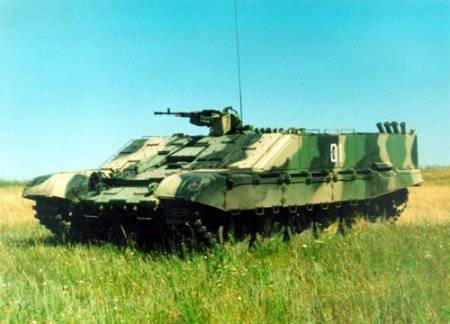
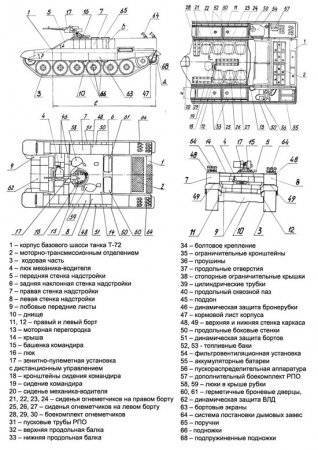
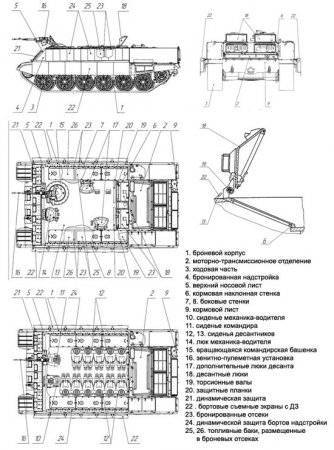
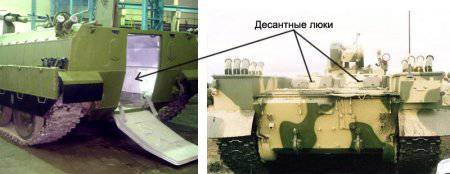
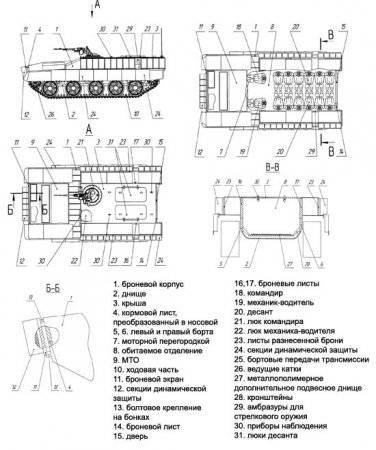
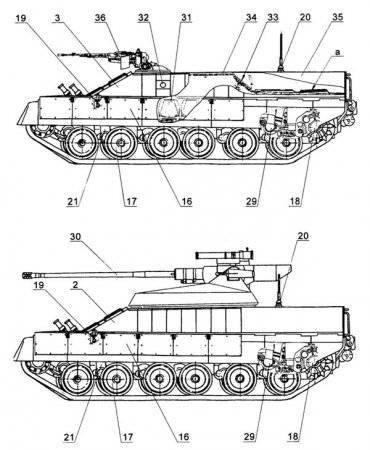
Information